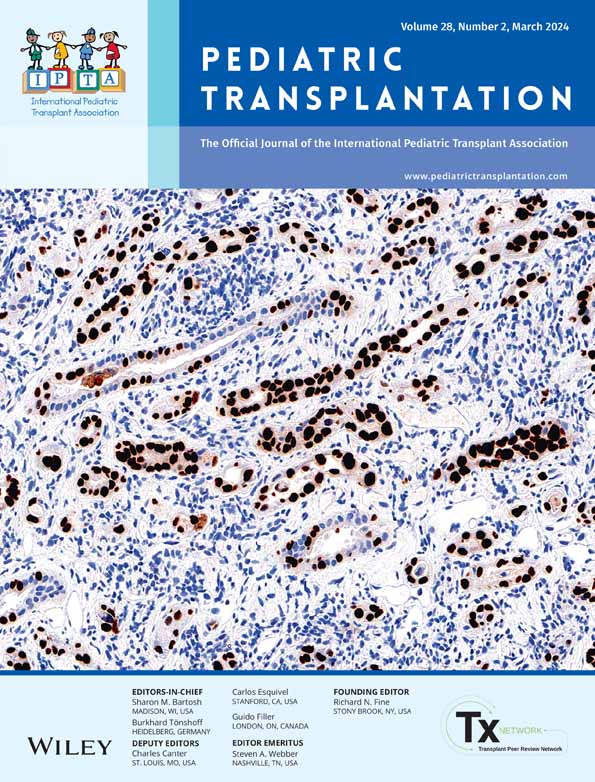Small-for-size syndrome in a 9.7 kg pediatric recipient with a whole liver graft
Abstract
Background
Small-for-size syndrome (SFSS) in pediatric liver transplant recipients, particularly those weighing less than 10 kg, is rare. This report describes a case of a 15-month-old whole liver transplant recipient who suffered SFSS, and systematic literature review was performed to identify outcomes of such cases and potential risk factors for SFSS.
Case Presentation
A 15-month-old toddler with a history of biliary atresia underwent a deceased donor whole liver transplant. The graft weighed 160 g, resulting in a graft-to-recipient weight ratio (GRWR) of 1.6%. The post-operative course was complicated by SFSS, characterized by massive ascites causing hemodynamic instability and compromised hepatic artery flow. Pharmacological intervention with octreotide was initiated, and the patient eventually recovered.
Conclusion
In small pediatric recipients, especially those weighing less than 10 kg, the native liver body weight ratio (LBWR) is significantly higher. When selecting an appropriately sized graft for these recipients, this higher ratio should be taken into consideration. The literature review suggests that a GRWR of less than 2% is associated with a higher incidence of small-for-size syndrome in small pediatric recipients weighing less than 10 kg.
CONFLICT OF INTEREST STATEMENT
The authors of this manuscript have no conflicts of interest to disclose.
Open Research
DATA AVAILABILITY STATEMENT
The data that support the findings of this study are available on request from the corresponding author. The data are not publicly available due to privacy or ethical restrictions.




